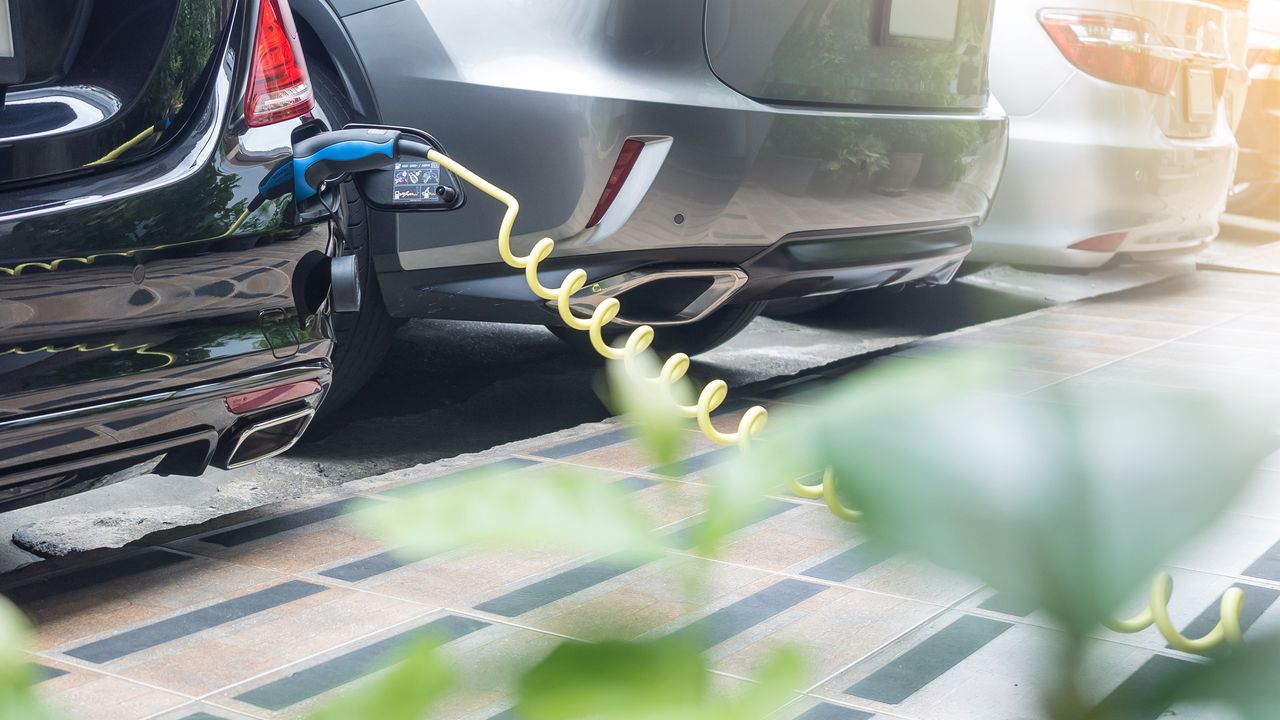Electric Vehicle Battery Recycling and Sustainability: Giving Batteries a Second Life
As the world moves towards a more sustainable future, electric vehicles have become increasingly popular due to their lower carbon emissions compared to traditional gasoline-powered cars. However, the batteries that power these vehicles have a limited lifespan and eventually need to be replaced. This has led to concerns about the environmental impact of disposing of these batteries. Fortunately, there is a solution: battery recycling.
Battery recycling involves extracting valuable materials from used batteries and repurposing them for other applications. This process not only reduces waste but also conserves resources by reducing the need for new materials. In fact, according to the US Department of Energy, recycling just one electric vehicle battery can save enough energy to power a home for nearly a week.
But what happens to the batteries after they are recycled? Many of them are given a second life in other applications. For example, recycled batteries can be used to store energy from renewable sources like solar and wind power. This helps to further reduce carbon emissions by making renewable energy more reliable and accessible.
Battery recycling and second-life applications are also becoming more sustainable thanks to certifications like UL 1974 and UL 9540A. These certifications ensure that recycled batteries and second-life applications meet strict safety and performance standards. This not only protects consumers but also helps to build trust in the sustainability of these practices.
However, despite the benefits of battery recycling and second-life applications, there are still challenges that need to be addressed. One of the biggest challenges is the lack of infrastructure for recycling and repurposing batteries. This is especially true in developing countries where electric vehicle adoption is on the rise but recycling facilities are scarce.
To address this challenge, governments and private companies need to invest in battery recycling infrastructure. This includes building recycling facilities, developing new technologies for recycling and repurposing batteries, and creating incentives for consumers to recycle their batteries.
In conclusion, electric vehicle battery recycling and second-life applications are essential for a sustainable future. By conserving resources and reducing waste, these practices help to reduce carbon emissions and build a more sustainable world. With the help of sustainability certifications and increased investment in infrastructure, we can ensure that these practices continue to grow and thrive.
